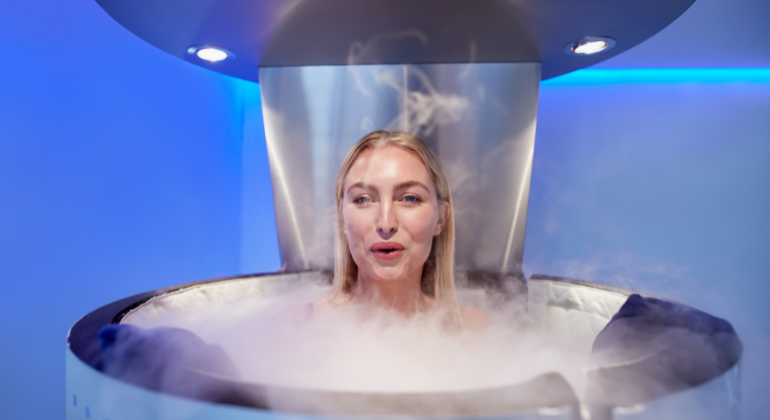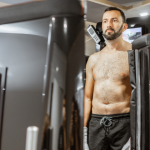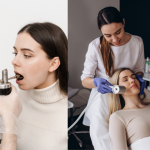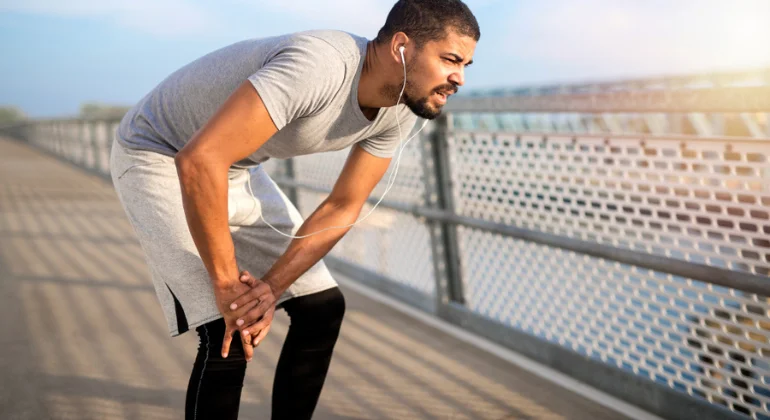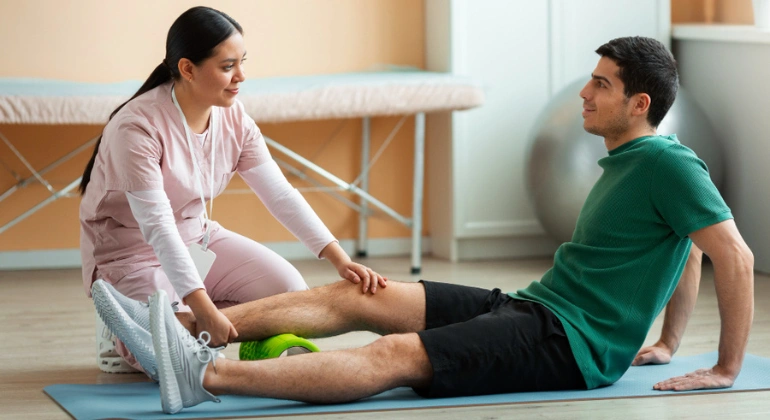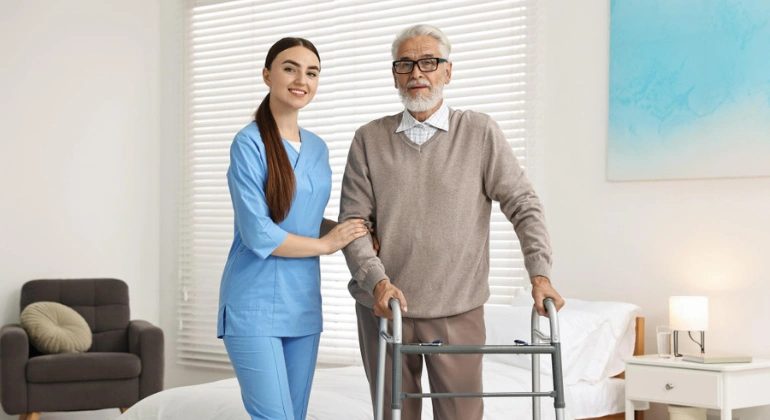Cryotherapy also called cold treatment has revolutionized the medical field with its various therapeutic advantage. When the body is under very cold conditions for short period, Cryotherapy offers various benefits for health and wellness. From lowering inflammation and discomfort to improving general wellbeing, this innovative treatment becoming more and more popular between Sportsmen and those looking for quick recovery and pain relief. This comprehensive guide will cover what cryotherapy is, how it works, its several health advantages, and issues for everyone facing in this innovative treatment.
What is Cryotherapy?
Cryotherapy use very low temperatures to treat medical condition for enhancement of wellbeing and health. This treatment uses 2 simple techniques:
Whole-Body Cryotherapy (WBC):
Whole-Body Cryotherapy (WBC) exposes the full body to ultra-low temperature usually ranging from – 130°C to -184°C, for temporarily, usually between two to four minutes. During a session people stand in a cryotherapy chamber or tank enveloped in cold air produced by substances like argon gas, liquid nitrogen, or liquid nitrous oxide, Since this approach affects the whole body, it is fairly successful for general recovery and welfare.
Localized Cryotherapy:
Localized cryotherapy targets specific area of body by applying liquid nitrogen sprays, ice packs or cold air. This approach is perfect for treating particular body part, such as muscles or joints, making it best for localized pain or injuries since it stresses on specific areas. localized cryotherapy can be helpful without involving total-body exposure.
How Does Cryotherapy Work?
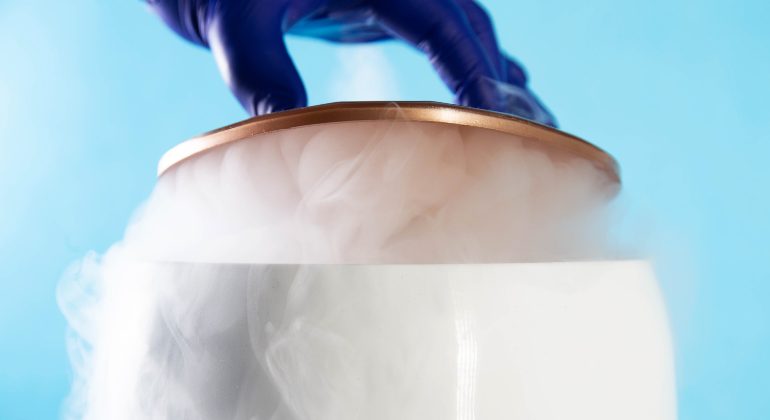
Cryotherapy works by triggering a sequence of body reactions designed to produce effects. The primary step is to quickly freeze skin and surrounding tissues, leading to the certain advantages:
1. Vasoconstriction
Under very cold temperature the blood vessels narrows and therefore lower blood flow to the affected tissues. This helps to Reduce inflammation and swelling, providing relief from discomfort and pain.
2. Analgesic Effect
The freezing temperature numbs the nerve endings, therefore providing quick relief in pain. This particularly helps sportsmen and others with chronic pain disorders, to control acute pain and injuries.
3.Vasodilation
Cryotherapy treatment dilates blood vessels to increase blood flow to the treated areas. The better blood circulation helps to deliver more oxygen and nutrients to the tissues that helps faster healing and recovery.
During cryotherapy, the doctor exposes abnormal tissue to extremely low temperatures. At this extreme low temperature cells cannot survive, they die under treatment. Several substances are used by medical staff to provide the required intense cold temperature in cryotherapy:
- Liquid Nitrogen
- Liquid Nitrous Oxide
- Argon Gas
Cryotherapy Methods
The method your healthcare provider uses to apply the cold depends on the location of the abnormal tissue:
1. External Cryotherapy:
If the tissue is located on your skin, your provider will typically use a spraying device or a cotton swab to apply the freezing agent. External cryotherapy causes frozen skin to blister and peel off so that healthy new skin can grow.
2. Internal Cryotherapy:
To treat conditions inside the body, such as precancerous cells or a tumor, your provider will use an instrument called a cryoprobe. This probe is inserted through a small incision (cut) in your skin. When abnormal cells freeze and die during internal cryotherapy, your immune system helps clear the tissue out of the body.
Benefits of Cryotherapy
Cryotherapy offers a multitude of health benefits, making it a valuable treatment option in the healthcare industry. Here are some key advantages:
1. Pain Relief and Muscle Recovery:
Cryotherapy is widely used for its pain-relieving properties and ability to accelerate muscle recovery. Athletes frequently use it to alleviate muscle soreness and enhance performance. The cold temperatures help reduce muscle inflammation and speed up the healing process, allowing for quicker recovery after intense physical activity.
2. Reduces Inflammation:
Inflammation is a common cause of pain and discomfort in various medical conditions. Cryotherapy effectively reduces inflammation by constricting blood vessels and decreasing blood flow to inflamed areas. This can be beneficial for conditions such as arthritis, tendinitis, and other inflammatory disorders, providing significant relief from chronic pain.
3. Boosts Metabolism and Promotes Weight Loss:
Regular cryotherapy sessions can increase metabolic rate, aiding in weight loss and promoting fat burning. The cold exposure stimulates the body’s metabolism, leading to increased calorie expenditure even after the session is over. This can be an effective complement to a weight loss regimen, helping individuals achieve their fitness goals more efficiently.
4. Improves Skin Health:
Cryotherapy stimulates collagen production, improving skin tone, reducing wrinkles, and promoting a youthful appearance. The cold temperatures tighten the skin and boost circulation, resulting in a healthier and more radiant complexion. Cryotherapy can also help treat skin conditions such as eczema and psoriasis, providing relief from symptoms and improving overall skin health.
5. Enhances Mood and Reduces Stress:
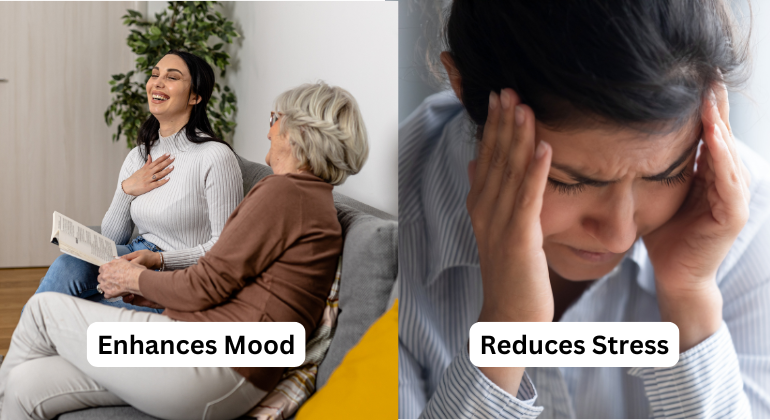
Cryotherapy can have a positive impact on mental health. The release of endorphins during cryotherapy sessions enhances mood, reduces anxiety, and alleviates stress. This makes it a valuable treatment for individuals dealing with depression and other mood disorders, promoting overall mental well-being.
6. Improves Sleep Quality:
Cryotherapy has been shown to improve sleep quality by reducing stress and promoting relaxation. Better sleep contributes to overall health and well-being, helping individuals feel more rested and rejuvenated.
7. Supports Immune Function:
Regular cryotherapy sessions can help the immune system by increasing the production of white blood cells, which play a crucial role in defending the body against infections and diseases. A stronger immune system means better protection against illnesses and a quicker recovery from illnesses.
8. Enhances Athletic Performance:
Athletes often use cryotherapy to enhance their performance. By reducing muscle soreness and accelerating recovery, cryotherapy allows athletes to train harder and more frequently. Additionally, the increased blood flow and nutrient delivery to muscles can improve endurance and strength.
Cryotherapy Procedures in Healthcare
Cryotherapy is versatile and can be customized to meet individual healthcare needs. Common procedures include:
1. Whole-Body Cryotherapy (WBC):
In whole-body cryotherapy, the patient stands in a cryotherapy chamber for a duration of two to four minutes. The temperature drops significantly, creating an environment that stimulates the body’s natural healing processes. This method is effective for overall wellness, recovery, and performance enhancement.
2. Localized Cryotherapy:
Localized cryotherapy targets specific body parts with cold air, ice packs, or liquid nitrogen sprays. This method is ideal for treating localized injuries, chronic pain, or specific areas of inflammation. By focusing on a particular area, localized cryotherapy provides targeted relief without exposing the entire body to cold temperatures.
3. Cryofacials:
Cryofacials are specialized treatments focusing on the face to improve skin health, reduce puffiness, and enhance overall complexion. This procedure uses cold air to stimulate collagen production, tighten the skin, and reduce the appearance of fine lines and wrinkles. Cryofacials are a popular choice for individuals seeking to rejuvenate their facial appearance.
4. Cryotherapy for Chronic Conditions:
Cryotherapy can be used to manage chronic conditions such as rheumatoid arthritis, multiple sclerosis, and fibromyalgia. By reducing inflammation and pain, cryotherapy can improve the quality of life for individuals suffering from these conditions.
5. Cryotherapy for Post-Surgical Recovery:
Cryotherapy can aid in post-surgical recovery by reducing swelling and promoting faster healing. Patients recovering from surgeries such as joint replacements or soft tissue repairs can benefit from the pain-relieving and anti-inflammatory effects of cryotherapy.
Safety and Considerations
Cryotherapy is generally safe when performed under professional supervision. However, it’s essential to consult with a healthcare provider before starting cryotherapy, especially if you have underlying medical conditions such as cardiovascular issues, respiratory problems, or cold allergies. Here are some important considerations:
1. Consultation:
Always seek advice from a healthcare professional to determine if cryotherapy is suitable for your specific condition. They can provide personalized recommendations based on your medical history and current health status.
2. Supervision:
Ensure that cryotherapy treatments are administered by trained professionals in a controlled environment. Proper supervision minimizes the risk of adverse effects and ensures a safe and effective experience.
3. Session Duration:
Adhere to recommended session durations and frequencies. Prolonged exposure to extreme cold temperatures can be harmful, so it’s crucial to follow the guidelines provided by your healthcare provider.
4. Pre-existing Conditions:
Individuals with certain pre-existing conditions, such as severe cardiovascular disease, uncontrolled high blood pressure, or Raynaud’s disease, should avoid cryotherapy unless cleared by a healthcare professional.
5. Protective Measures:
During whole-body cryotherapy, it is important to wear protective clothing, such as gloves and socks, to prevent frostbite on extremities.
Conclusion
Cryotherapy is ground-breaking treatment with several medical benefits ranging from improved skin condition, mood enhancement, pain reduction and muscular rehabilitation. The medical field appreciates its versatility and effectiveness very highly. As an athlete looking for general health or improved performance, Cryotherapy is a great tool in every health program, regardless of your goal.
For more information and to schedule a consultation, visit Painflame clinic .
Recent Blog : Positive and Negative Impacts of Cryotherapy : Comprehensive Review
Frequently Asked Questions (FAQs)
Can cryotherapy be used to treat skin conditions like acne or psoriasis?
Yes, cryotherapy can be beneficial for treating certain skin conditions like acne, psoriasis, and eczema. The cold temperatures help reduce inflammation and bacterial activity, which can improve the appearance of acne and soothe irritated skin associated with psoriasis. However, it’s important to consult with a dermatologist to determine if cryotherapy is suitable for your specific skin condition.
What does a cryotherapy session feel like?
During a cryotherapy session, you will feel an intense cold sensation, which can be a bit shocking at first. However, this sensation usually subsides quickly, and many people describe it as invigorating. The session is brief, typically lasting 2-4 minutes, and most individuals feel a rush of endorphins afterward, leaving them feeling energized and refreshed.
Are there any risks or side effects associated with cryotherapy?
While cryotherapy is generally safe, there are some risks and side effects to be aware of. These may include temporary redness, numbness, or tingling in the treated areas. Rarely, more serious side effects like frostbite or cold burns can occur, especially if protective measures are not properly followed. It’s crucial to have cryotherapy administered by trained professionals to minimize these risks.
How should I prepare for my first cryotherapy session?
Before your first cryotherapy session, it’s important to stay hydrated and avoid applying lotions or oils to your skin, as these can increase the risk of frostbite. Wear comfortable, dry clothing, and remove all jewelry to avoid cold-related injuries. Arrive a few minutes early to consult with the technician and ask any questions you may have.
Can cryotherapy be combined with other treatments or therapies?
Yes, cryotherapy can be combined with other treatments or therapies, such as physical therapy, massage, or chiropractic care, to enhance overall recovery and wellness. Many athletes and individuals with chronic pain find that combining cryotherapy with these treatments helps them achieve better and faster results. Always consult with your healthcare provider before combining treatments to ensure they are appropriate for your condition.

